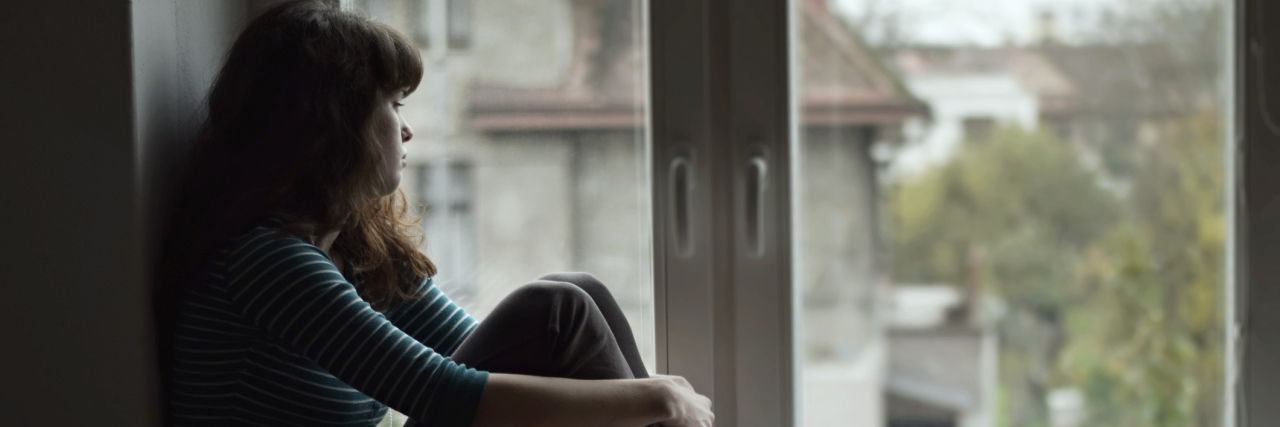Why I'm So Ashamed About My Struggle With Body-Focused Repetitive Behaviors
Editor's Note
If you struggle with a body-focused repetitive behavior, the following post could be potentially triggering. You can find resources at The TLC Foundation for Body-Focused Repetitive Behaviors.
If you know me, you know I am usually very open about my depression and anxiety — but there are a few other disorders that have always brought me great shame and embarrassment. I’ve mentioned them a few times here and there, but never really explained it.
It wasn’t until a few months ago that I found out about body-focused repetitive behaviors (BRFB). BFRBs are under the umbrella of obsessive-compulsive disorders and affect 1 in 20 people.
I learned from The TLC Foundation that, “BFRB is a general term for a group of related disorders that includes hair pulling, skin picking and nail-biting. These behaviors are not habits or tics; rather, they are complex disorders that cause people to repeatedly touch their hair and body in ways that result in physical damage.”
We just commemorated BFRB Awareness Week, so I figured there was no better time to share my story.
I have dealt with skin picking (also called dermatillomania or excoriation disorder) and hair pulling (known as trichotillomania) since I was a sophomore in high school, years before I was diagnosed with depression and anxiety. For the longest time, I believed I just had a lack of self-control when it came to the picking and pulling. Even though I’m still embarrassed by these conditions, at least I know it’s not just a “bad habit.”
I have had acne since middle school, especially on my back. I’m almost 33 years old and I still break out all the time. But acne is dangerous for a person with dermatillomania. Feeling a bump on my skin (whether it’s a pimple or not), I immediately feel the urge to pick. I feel like I need to pick to feel that sense of relief after I pop a zit or dig at an unsuspecting bump. It isn’t until I have to deal with the aftermath that I feel guilt and shame for destroying my body.
My back and upper arms have a great deal of scars to the point where I had difficulty finding a wedding dress that would hide my imperfections. I can never wear anything with a low back for fear of being judged for having my scars and fresh scabs on display.
When it comes to trichotillomania, I can’t remember when it started exactly, but I’m guessing it was when I was around 16 years old. I focused my hair pulling on my eyelashes and eyebrows. I remember having to color in gaps in my eyebrows (this was before wonderful brow pencils and powder), and I always wore brown eyeliner to hide my missing eyelashes. It wasn’t until I was 30 that I felt comfortable going to work or out in public without wearing makeup. I remember being at sleepovers and waking up early to fill in my brows so no one would ask about it. When I told one of my best friends in college about it, I was shaking with fear.
The stigma is real, friends. Telling me to “stop picking/pulling” is not helpful. There’s no quick fix, but I am starting to look into specialized therapists to help control my impulses. I am finally at the point where my eyelashes are growing out, but I hesitate to celebrate this victory because I know it only takes one bad day to reset all my progress. If you’re like me and are silently dealing with BFRBs, you are not alone. It is not your fault. I encourage you to talk with your healthcare provider about finding ways to manage the BFRB.
Follow this journey at Lisa Kot Stutzman’s site.
Getty Images: Tunatura

